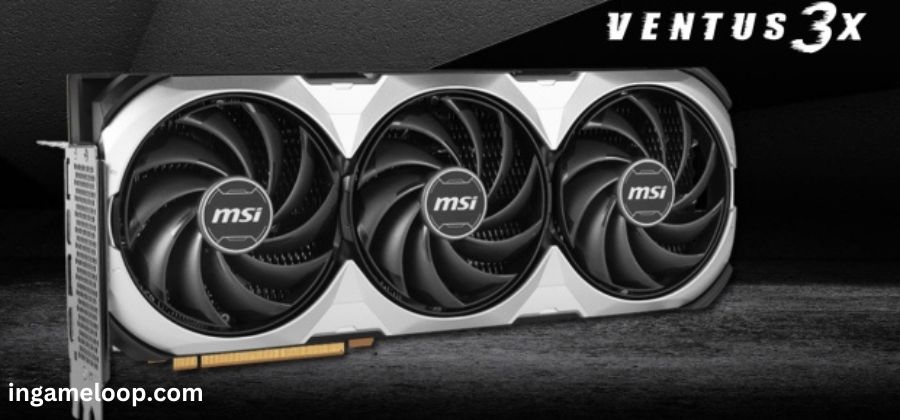
MSI, a renowned name in the world of computer hardware, has discreetly unveiled its latest addition to the graphics card lineup – the Ventus Essential series. This new range is set to complement the existing Ventus family of boards and was first spotted by the keen-eyed Twitter user @momomo_us.
The Ventus Essential cards boast specifications strikingly similar to their standard Ventus counterparts, with the primary distinction lying in their bill-of-materials (BOM). This subtle alteration is expected to result in slightly lower production costs for MSI, providing the company with a competitive edge.
Included in the Ventus Essential lineup are the highly anticipated GeForce RTX 4070, GeForce RTX 4070 Ti, and GeForce RTX 4090 models, all of which are poised to be among the top-performing graphics cards in the market.
Maintaining identical clock speeds and cooling systems to the standard Ventus cards, the Ventus Essential series distinguishes itself with two DisplayPort and two HDMI outputs. In contrast, the regular Ventus boards offer three DisplayPort and one HDMI output.
One noteworthy change is evident in the display outputs. Presently, RTX 40-series cards adhere to the DP1.4a specification, boasting a maximum data rate of 25.92 Gbps using 8b/10b encoding. Conversely, HDMI 2.1 supports up to 42 Gbps data rates using 16b/18b encoding, translating to a 62% increase in bandwidth.
This equips HDMI 2.1 with the capability to deliver up to 8K resolution at 120 Hz using DSC (Display Stream Compression), while DP1.4a tops out at approximately 8K 72 Hz using DSC. The decision to opt for HDMI, despite its higher licensing costs compared to DisplayPort, makes this particular alteration a topic of interest.
| Specification | Value |
| Model Name | GeForce RTX4090 VENTUS 3X E 24G OC |
| Graphics Processing Unit | NVIDIA GeForce RTX™ 4090 |
| Interface PCI Express | Gen 4 |
| Core Clocks | Extreme Performance: 2565 MHz (MSI Center) Boost: 2550 MHz |
| Cores | 16384 Units |
| Memory Speed | 21 Gbps |
| Memory | 24GB GDDR6X |
| Memory Bus | 384-bit |
| Output | DisplayPort x 2 (v1.4a), HDMI x 2 (Supports 4K@120Hz HDR, 8K@60Hz HDR, and Variable Refresh Rate as specified in HDMI 2.1a) |
| HDCP Support | Y |
| Power consumption | 450 W |
| Power Connectors | 16-pin x 1 |
| Recommended PSU (W) | 850 W |
| Card Dimension(mm) | 322 x 136 x 62 mm |
| Weight(Card / Package) | 1675 g / 2308 g |
| OpenGL Version | Support 4.6 |
| NVLink Support | N/A |
| Maximum Displays | 4 |
| G-SYNC technology | Y |
| Digital Maximum Resolution | 7680 x 4320 |
Graphics cards, especially custom models like MSI’s Ventus series, incorporate a multitude of components, leading to potential adjustments in the bill-of-materials over time. This is influenced by factors such as fluctuating component prices and market availability.
MSI’s strategic move to concurrently offer both Ventus and Ventus Essential variants, potentially with distinct bundles and BOMs, grants the company enhanced cost flexibility. This approach positions MSI to competitively price its GeForce RTX 40-series products in response to market dynamics and consumer preferences.
As the Ventus Essential boards make their debut, the extent to which they will undercut the prices of non-Essential Ventus cards remains to be seen. Nevertheless, this dual-series strategy empowers MSI to make agile decisions in selecting and producing the most fitting series based on market conditions, ensuring they meet the demands of a diverse customer base.







